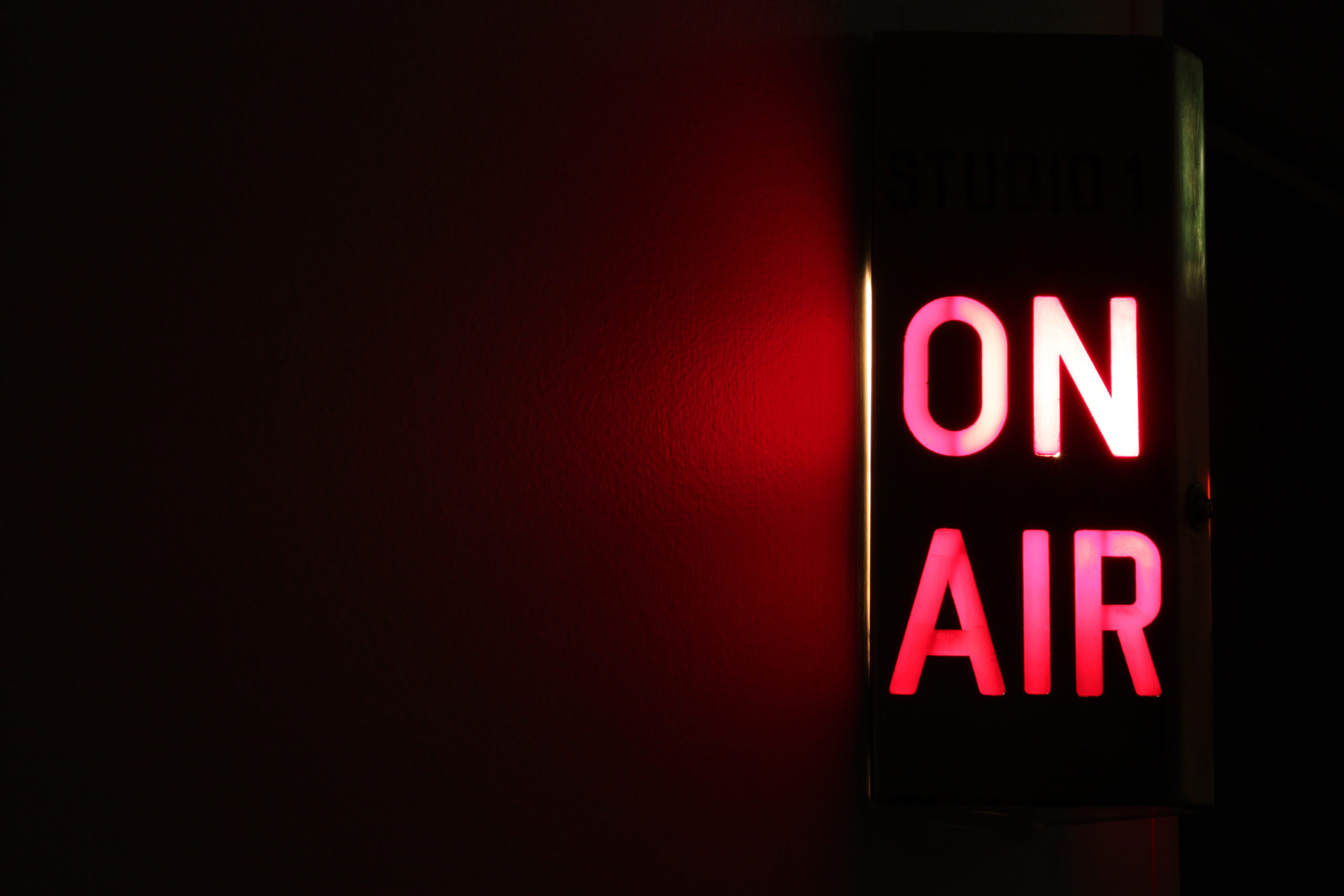
Neighbouring rights might have been overlooked in the past because they are relatively new and not all countries have ratified the Rome Convention where producers and performers were recognized as having rights in receiving royalties for the public execution and reproduction of their sound recordings. So in other words, Neighbouring Rights or Related Rights are similar to the public performance royalties paid to songwriters and publishers for the execution of their musical work.
In Canada, until 1997, only songwriters and music publishers received royalties for music broadcast or publicly performed because the Copyright Act of Canada provided for royalties only in relation to musical works. With changes to the Copyright Act in 1997, royalties were introduced for the performances of sound recordings as well. This meant that record labels (makers of the sound recordings) became entitled to royalties for the broadcast and public performance of their sound recordings; and that musicians (performers) became entitled to royalties for their performances on those sound recordings). (MROC)
Canada and Neighbouring Rights
Neighbouring Rights, also called Related Rights are defined as the non-exclusive rights of sound recording makers [record labels, first makers, and copyright owners] and performers [main and featured artists, and non-featured vocalists and musicians] to receive royalties for the broadcast and public performance of their recordings.
Canada’s Copyright Act refers to the payment of these royalties as “equitable remuneration” which is payable to makers and performers on a 50/50 basis, i.e. performers are paid their 50% share without a record label as an intermediary. With respect to the 50% for performers, 80% is allocated to the featured performers and 20% is allocated to the non-featured performers.
For large ensembles creating classical or jazz recordings, slightly different splits are applied.
Musical Composition vs Sound Recording
The neighbouring right is a remunerative right and consists of the sole right for the maker to publish for the first time, reproduce, and to make his/her sound recording available to the public by telecommunication.” (Copyright Act) Once the sound recording has been made available to the public, the rights holder receives compensation (equitable remuneration) for the usage of their sound recordings.
If we draw a parallel with musical composition, the rights holder has the exclusive right to produce, reproduce, perform and publish their work [at any time, not just the first time] and to prohibit the usage of their musical composition.” (Copyright Act) The right to prohibit or not is in part what differentiates copyright from equitable remuneration in relation to musical compositions and sound recordings.
In our article on the difference between the Writer’s Share and the Publisher’s Share, we learn that the first Copyright Act came into effect in 1709 and it wasn’t until 1877 that a sound could be fixed to a physical support. Then in 1906, the radio broadcasting of music and talk was achieved in Canada. (History of Information).
As music consumption in the digital sphere is a growing international phenomenon, it is universally agreed that creative endeavours need protection and more countries should start to pay digital performance royalties. The Rome Convention was instrumental in recognizing the rights of producers and performers in receiving royalties for the public execution and reproduction of their sound recordings. Later came The WIPO Performances and Phonograms Treaty (WPPT), which deals with the rights, particularly in the digital environment of (i) musicians; and (ii) producers of phonograms.
United States (U.S.) and Digital Performance Royalties
“The U.S. is one of only four countries (China, Iran, North Korea, and the U.S.) that does not pay broadcast performance royalties to musicians.” (Newsy) Still referring to the royalties generated by Sound Recordings, in the United States, Neighbouring Rights are not collected because of the strong lobbying of broadcasters, as they argue that it is “free” advertising for artists.*
In 2003, SoundExchange was created and it is the sole organization that collects digital performance royalties, which are royalties paid to sound recording owners, performing artists, and featured musicians when their songs are played over digital and satellite radio in the U.S., such as Pandora, Sirius, and iHeartRadio.
“SoundExchange collects the royalties and then passes them on to artists and rights owners. Under the law, 45% of performance royalties are paid directly to the featured artists on a recording, and 5% are paid to a fund for non-featured artists. The other 50% of the performance royalties are paid to the rights owner of the sound recording.” (SoundExchange)
* As of December 7th, 2022, the “House Judiciary Committee Approved Bill Requiring Radio Stations to Pay Royalties to Performers”. (Variety)
As a Master rights owner and performer, to collect your Neighbouring Rights, you have to register with a CMO like ACTRA RACS, Artisti, Connect, MROC, or SOPROQ in Canada. If they do not already have an agreement with SoundExchange, you would also need to register with SoundExchange in order to collect your digital performance royalties in the United States.

